FORT BENNING, Ga. (Army News Service, Oct. 19, 2010) -- A Soldier team from the Army Special Operations Command took top honors at the 10th Annual International Sniper Competition here.
The competition, which wrapped up Oct. 15, included 32 sniper teams, each gunning for the title of best sniper team in the world.
The winning team included Sgt. 1st Class Edward Hoymeyer and Sgt. 1st Class Chance Giannelli, from the Special Forces Sniper School at Fort Bragg, N.C. The two scored 1,258 points out of a possible 1,507 during the competition. They were also the only team to receive a perfect score on the final event of the competition.
"It was an awesome event," Giannelli said. "It was the epitome of the sniper competition. Every different country sends their best. It felt great to actually win the event."
"It felt pretty good, it's really nice to go and test yourself," Homeyer said. "It's a testament to our training and the school. On that day, we were the best, but competition was close. We could go out and do it again and someone else could win."
During the competition, the two-man teams competed in a total of 14 events. Those events included, among other things, a sniper stalk, urban shooting and orienteering exercises, firing under stressful conditions and other tests of marksmanship and sniper skills.
In keeping with last year's competition, the teams were divided into two categories, service class and open class. The service class competitors fired 7.62 mm or smaller rounds as a primary or secondary weapon system. The open class was for teams firing rounds in a caliber larger than 7.62 mm.
The 72-hour competition ran virtually non-stop, with only two four-hour rest breaks during its three days, said Lt. Col. J.C. Miller, commander of 2nd Battalion, 29th Infantry Regiment, 197th Infantry Brigade, whose C Company conducts sniper school training.
Six of the events were held at night, and this year's competition included a greater emphasis on real-world scenarios and limited sleep, said event planners.
The added stress and fatigue factors added a new level to the competition not seen in past years, said Master Sgt. Michael Snyder, noncommissioned officer in charge of the sniper school.
"We wanted to simulate what guys are doing in combat. They are going to be tired, getting little sleep and still be expected to do one mission after another," he said. "We are getting more combat-focused."
During the 2009 competition, competitors averaged eight hours of sleep each day of competition, Snyder said. This year, the average was 50 percent less than that, and the schedule was more sporadic -- with many teams catching some shut-eye in the holding areas in between the events.
Some of the more challenging events in the competition -- as cited by several competitors -- included such challenges as shooting on non-illuminated targets at night and the stress shoot, which included a timed run down an 800-meter lane, stopping at various points to fire on targets, collect data and evacuate casualties.
A new event in this year's event was the "loop hole." That event tested the snipers ability to shoot from a third story rafter, through a three-inch hole and strike a target 150 meters away.
"In competition, you will go at a faster pace than you would in combat," said competitor Staff Sgt. Kyle Maples, a five-time combat veteran. "In some situations, you take enemy fire, you are going to get the adrenaline up, you are going to be breathing heavy. So an event like (the stress shoot) is pretty close to simulating what it would actually be like in combat."
Maples competed service class in the competition for the 325th Airborne Infantry Regiment, 82nd Airborne Division. Maples and his partner, Staff Sgt. Brent Davis, were the only pair to score 35 out of 35 points on the night range estimation event.
"It's more realistic," said Maples, of the combat scenario related events. "A majority of our operations in theater are done at night. Everybody has the saying 'we own the night,' and it's true. We have night-vision capability and the enemy doesn't right now."
U.S. Coast Guard Petty Officer 2nd Class Joshua J. Harris, also a participant, said he was glad to have the opportunity to learn from the competition.
"In every course of fire here, our training and tactics were tested and our weaknesses were exposed," Harris said. "This showed me where I need to work. In observing and talking to the other teams, like the Irish Defense Forces, Special Forces, and others, I learned a few new ideas and little tricks."
Pasadena Police Officer and former Marine, Brandon R. Largent, also felt this competition helped him identify places he could improve.
"This competition has highlighted areas of weakness that I have never fully realized," he said.
Participants in the competition came from the Army, Air Force, Marine Corps and Coast Guard, including teams from U.S. Army Special Operations Command, 10th Mountain Division, 75th Ranger Regiment, Army National Guard and the 1st Marine Division. Additionally, several civilian law enforcement teams participated as well as several international teams.
(S.L. Standifird writes the Joint Hometown News Service. Kristin Molinaro writes for the Bayonet at Fort Benning, Ga.)
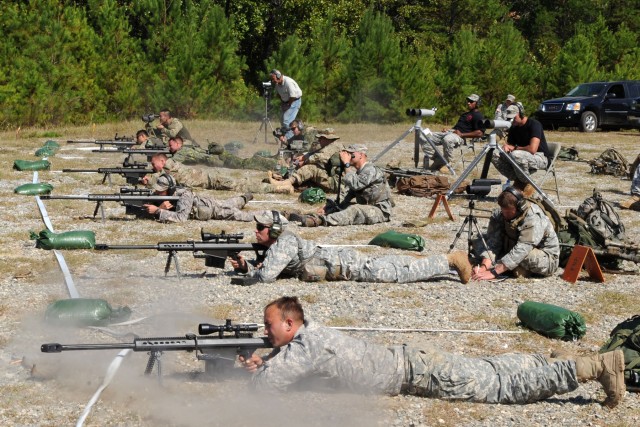
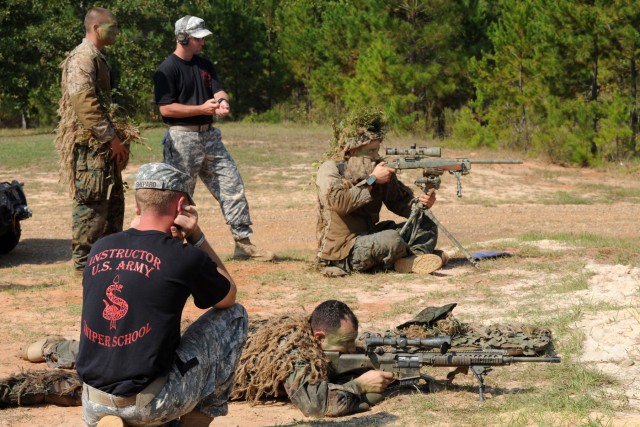

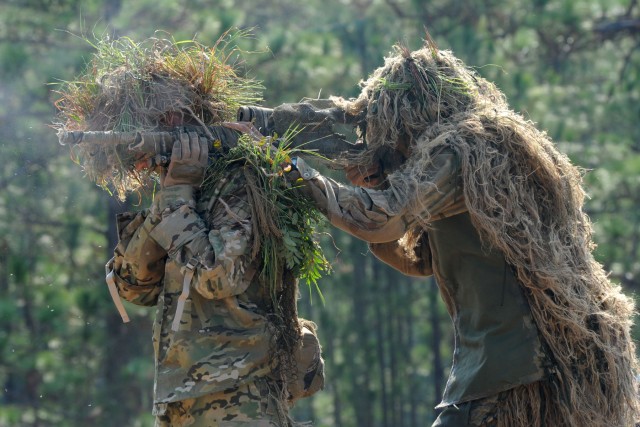


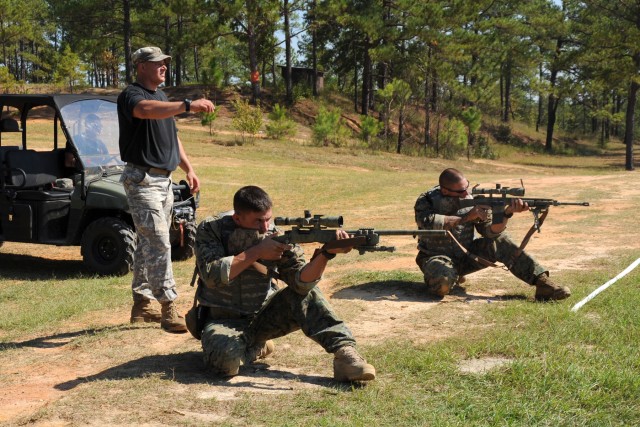

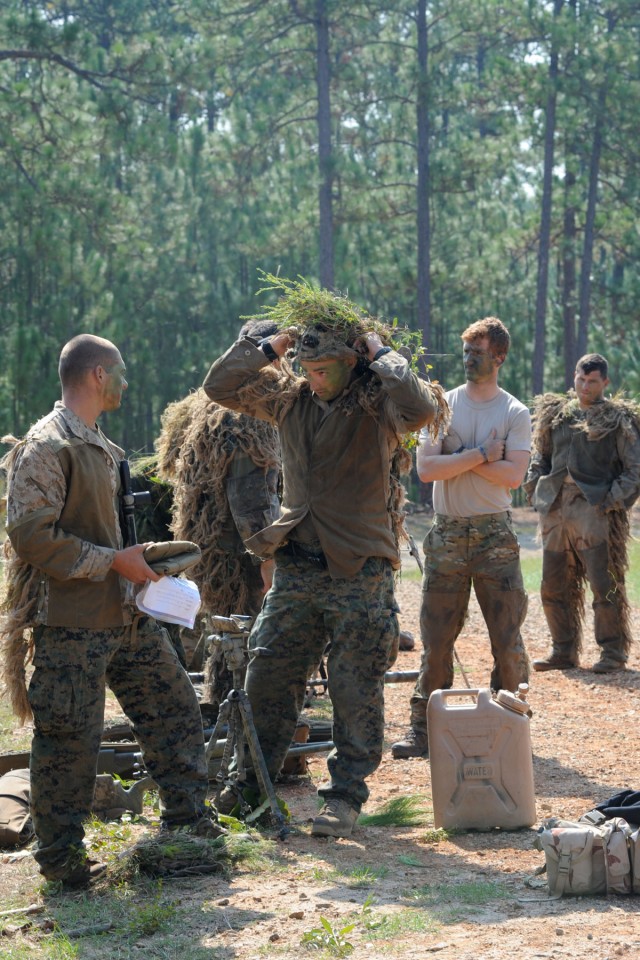
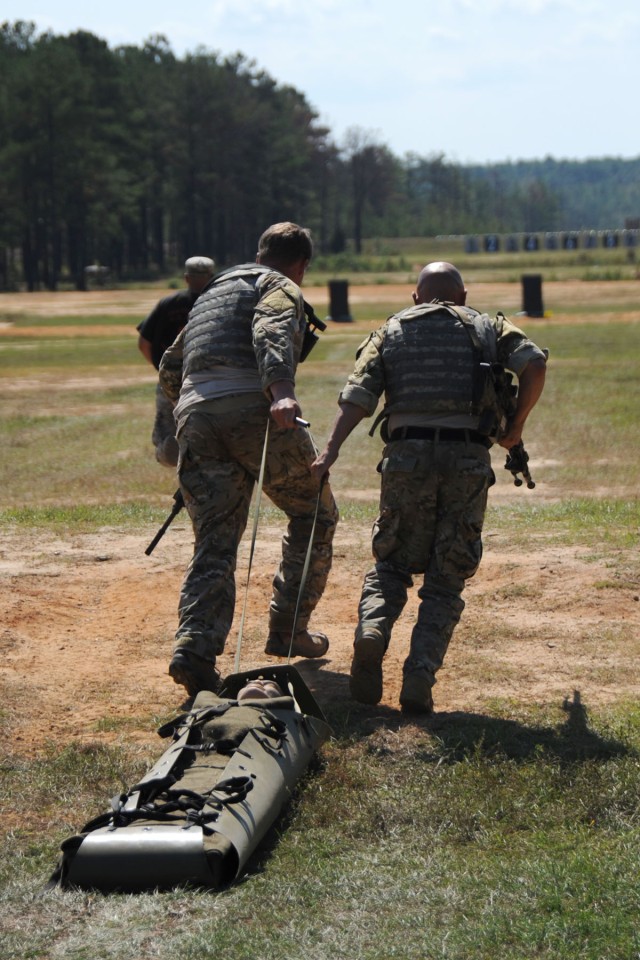
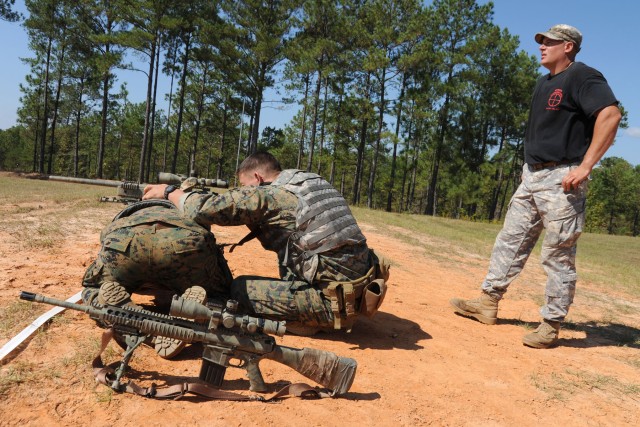
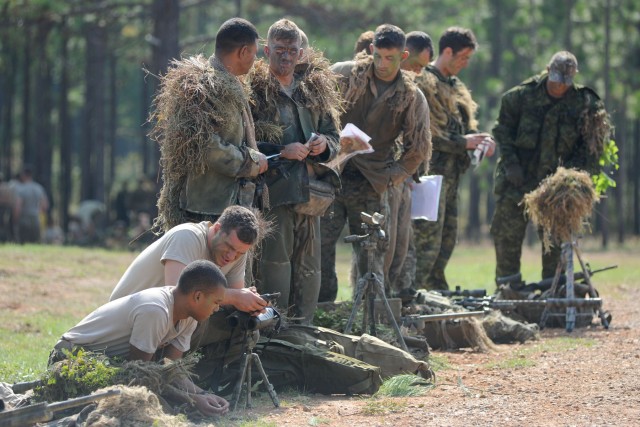









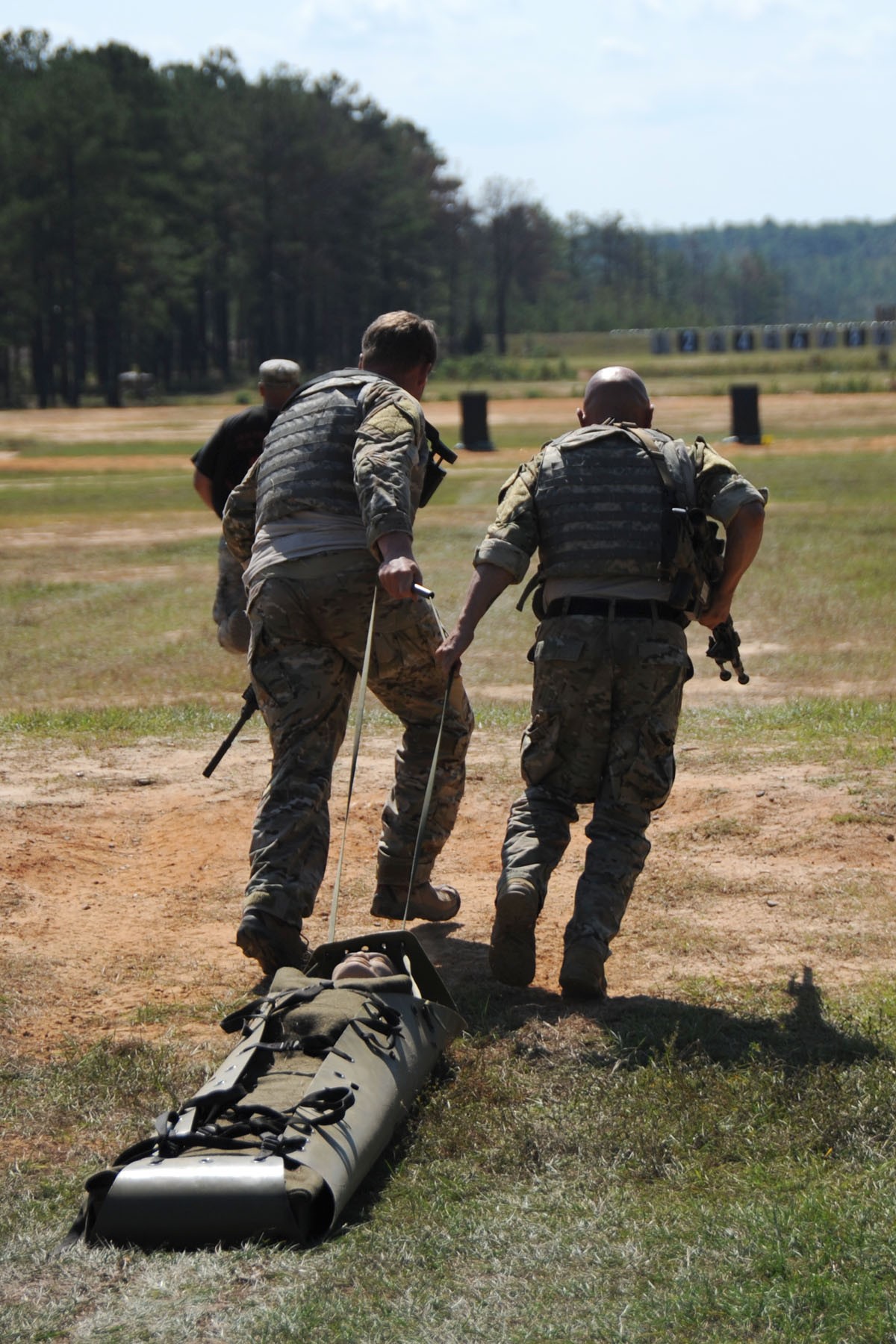


Social Sharing